Captivate your High Schooler with Electrifying Electronics at home. Our students are inundated with electronics, but how often do they get the opportunity to create their own devices? Check out this collection of electrifying activities to educate your student about the power of electricity. The materials needed for these activities are either recyclable or budget-friendly! Energize your future engineer with these fun activities at home to not only learn but also create.
1. DIY Home Security System
You can create an Intruder Alarm System by using your cell phone! Learn about home security and how alarms can be customized for our own homes. Students will be able to automate your entire home to keep it safe and secure.
Learn More: Great Scott!
2. Fruity Powered Light
Make a battery using a few sour fruits, some cables, and pennies. Lemons work best when creating this light. A lemon’s citric acid creates energy and powers the battery. Students will learn about the positive and negative electrodes when creating this fruity circuit. When life gives you lemons, make electricity!
Learn More: Mark’s Garage
3. Sunny SmartPhones
Create your very own solar mobile phone charger. Discover an alternative method to charging your cell phones. Students will learn about the power of the sun and see how the sun’s rays convert sunlight into energy. This USB solar charger is an easy project that your child will be able to tackle in no time. No outlets, no problem!
Learn More: Hobbynics
4. PlayDoh! Circuits
Create electrical circuits using PlayDoh! PlayDoh! is actually a great conductor. The high salt and water content is what allows PlayDoh! to conduct electricity. Learn about conductivity through the creation of conducting and nonconducting dough. This project requires no soldering, just a few batteries, and world-favorite modeling clay.
Learn More: Science Sparks
5. Potato Clock Work
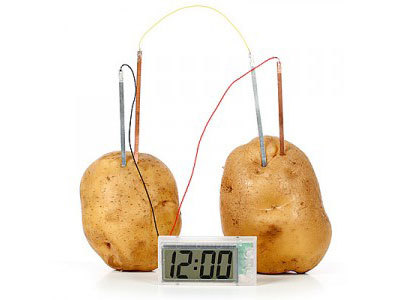
Use the power of potatoes to make your clockwork. Learn about how the potato functions as an electrochemical battery. Students will be able to see how metals react to the acids inside of the potato to create electrical energy to make the clock tick!
Learn More: Kidz World
6. Starstruck with LED Planetarium
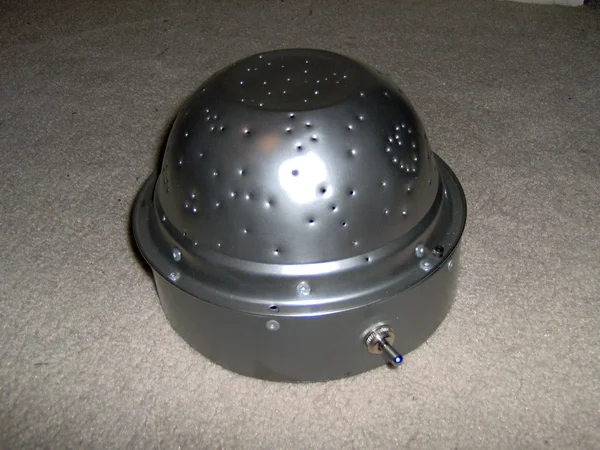
Stargaze in your own home by designing a light circuit and charting the constellations. By creating a light source and mapping the constellations, students will be able to create their own planetariums to see the stars at any time of day. This activity is great for our future astronomers!
Learn More: Instructables
7. Automatic Light Controller
If you’re always forgetting to turn off your lights, you can save power if you automate your home lighting system. Light control will help you turn off the lights even when you aren’t home.
Learn More: Muhammad Ansar
8. Drawdio
Draw audio! Did you know that you can turn your everyday objects into musical instruments? Who knew a pencil could be a musical instrument? Produce music with a circuit that uses conductive properties to create different sounds.
Learn More: Jay Silver
9. Make an Electromagnet
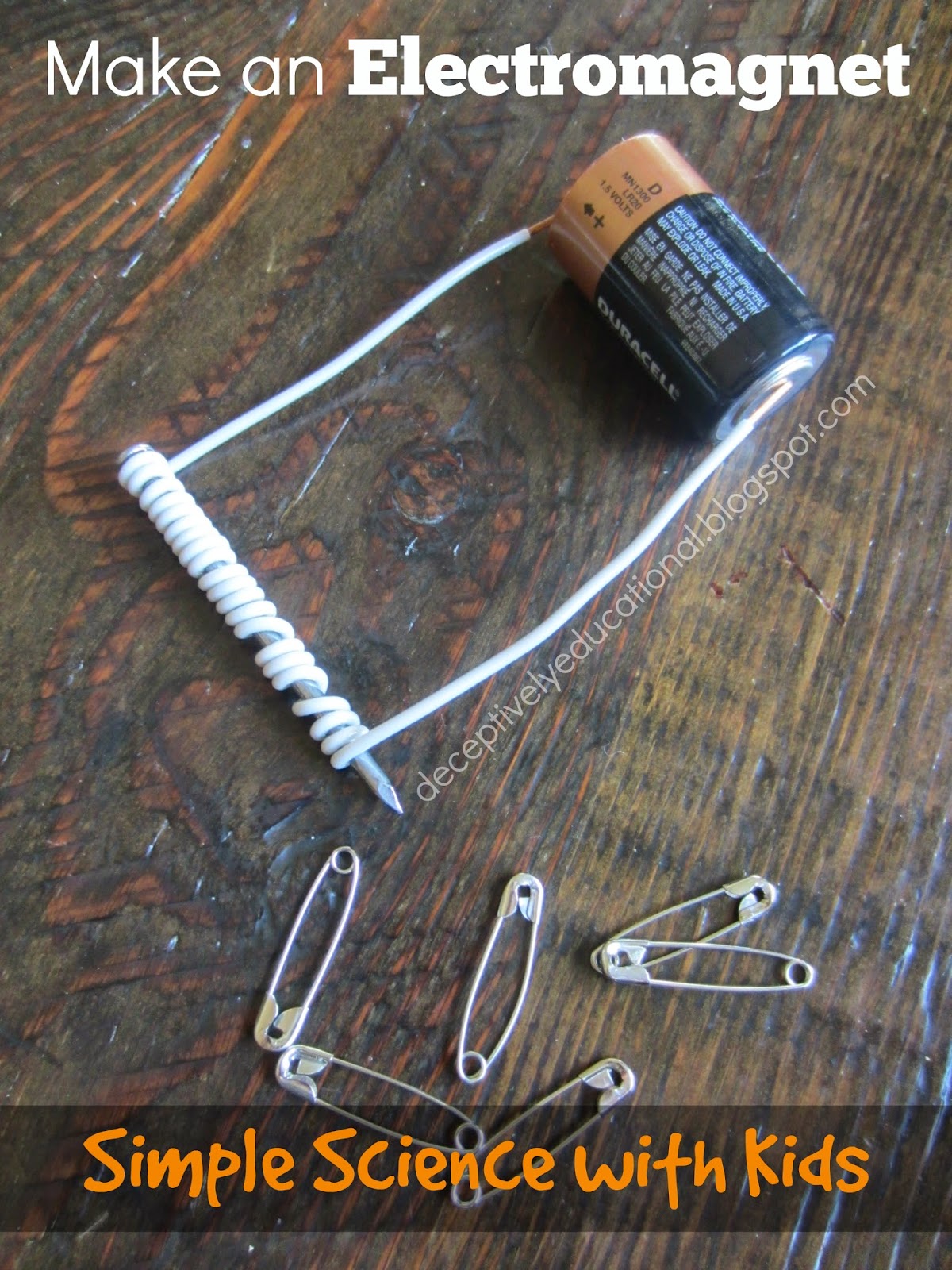
Go back to the basics and learn about the foundation of Thomas Edison’s inventions by making an electromagnet. This magnet will teach you all about the power of electric currents. By putting together this magnet, students will learn how electromagnets are controllable and are in our everyday electronic devices!
Learn More: Deceptively Educational
10. Bottle Rockets
Discover how rockets fly and what variables affect rocket distance and flight time. Learn about the basic engineering principles and apply the law of physics in your very own rocket design. This activity is an inexpensive and easy way for students to learn about the basic forces, otherwise known as vector quantities. Calling all our future aerospace engineers to build these rockets!
Learn More: Teach Engineering
11. Fan Cart
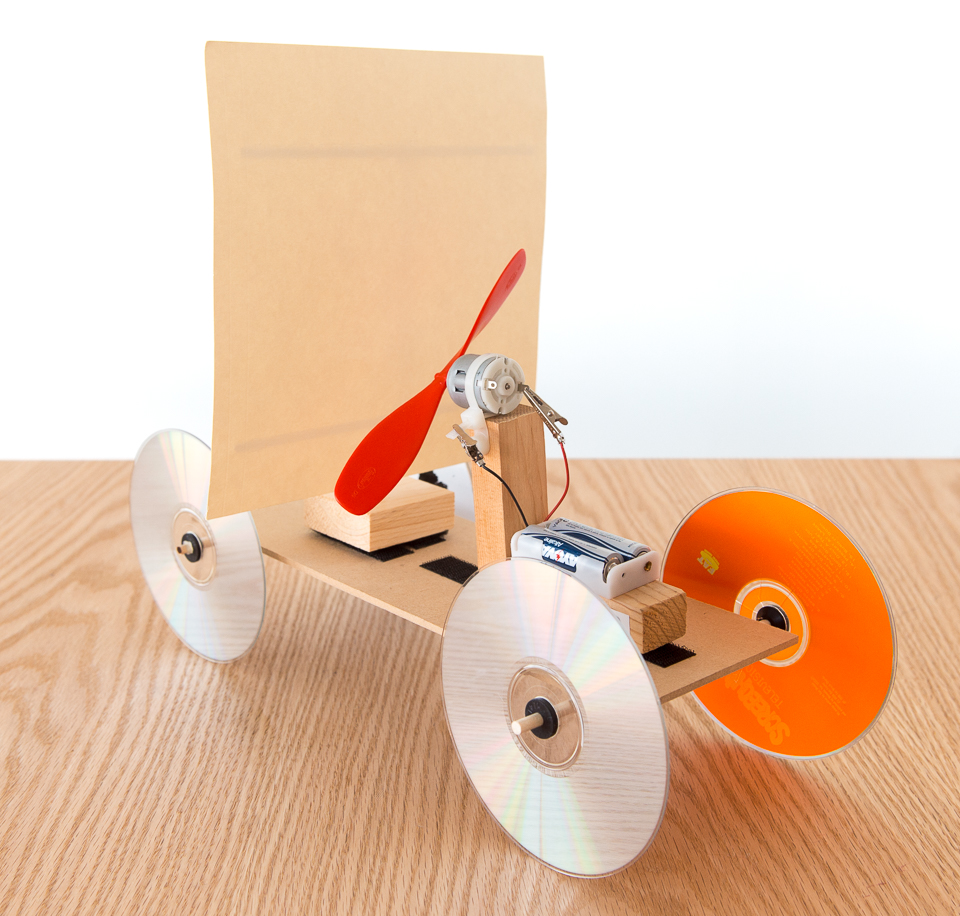
Design a Fan Cart and engage directly with Newton’s Third Law. Students will study how force and motion correlate while observing how a motor and sail work together to make the fan go around.
Learn More: Exploratorium
12. DIY Bubble Machine
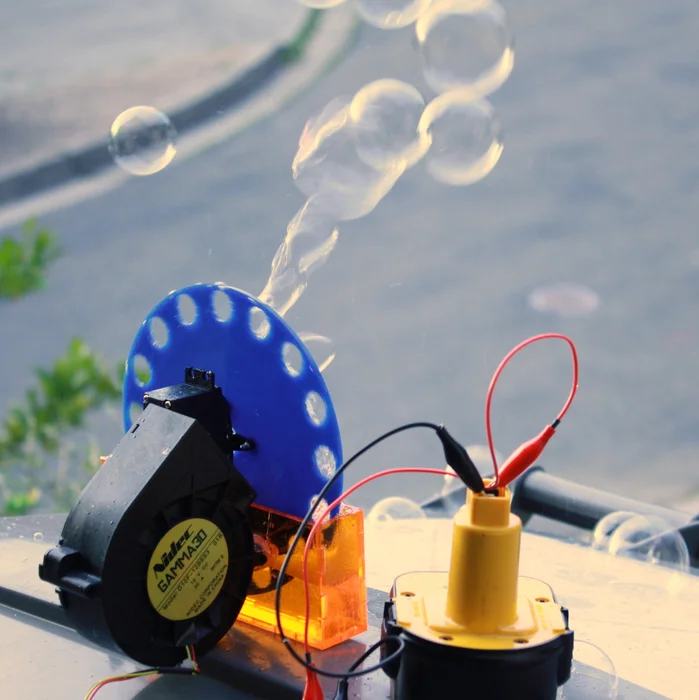
Build your own bubble machine for easy and fast electronics activity. By creating a power source, you will be popping bubbles in no time. Students will create their own motor to blow air to form the bubbles. Bubbles will be blowing continuously with this contraption.
Learn More: Instructables
13. Homemade Electroscope
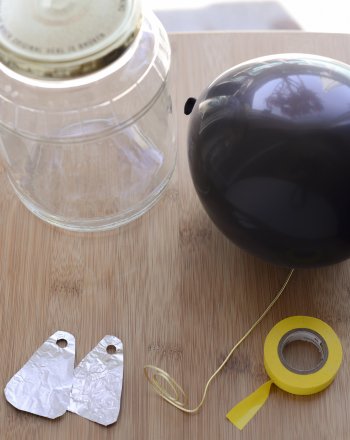
Build a homemade electroscope so you can witness how electrons leap! Observe the electrifying power of electrons as you transfer electrons from one surface to another. With this project, students will learn about positive and negative chargers as they detect electricity through the use of their very own electroscope.
Learn More: Education
14. Sound Activated LED Light with Timer

This sound-activated LED Light with a timer is a power-saving solution. Students will learn all about kinetic mechanical energy as the sound waves turn on a light. This project will turn on an LED light for 45-60 seconds when it receives a two-clap sound. Listen to the power of sound and how it can turn on the lights!
Learn More: Electronics Lab
15. Electric Power Free Energy Generator
This Electric Power Free Energy Generator will captivate your students as a rotating DC motor generates enough energy to turn on a light. This project puts those old compact disks and water bottle caps to some good use!
Learn More: Info Yourself
16. Saltwater Electrical Current
Did you know saltwater is an electrical circuit? Students will learn about the conductivity of salt water and how sometimes water and electricity can work together in a safe way. This is a great opportunity for students to make a real-world connection and discover the use of desalination plants where salt is removed from ocean water.
Learn More: Teach Engineering
17. Electric Generator
Build an electric generator with materials you have laying around your house. Students will learn about the different types of DC motors and how there can be multiple ways to generate electricity.
Learn More: YouTube
18. Copper Tape Circuits
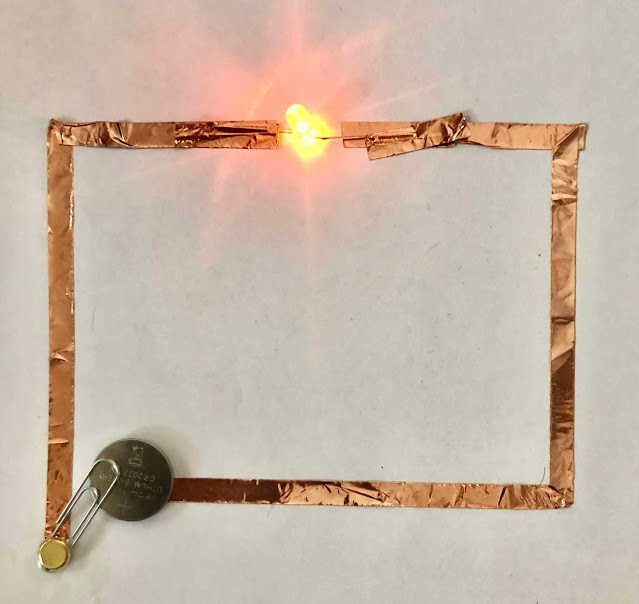
This activity involves a paper circuit! Students will witness the power of electricity on paper as they figure out how to open and close circuits. With the use of copper tape, students will design different circuits and see how even a paper circuit can contain actual voltage.
Learn More: Teaching Science
19. Dancing Robot
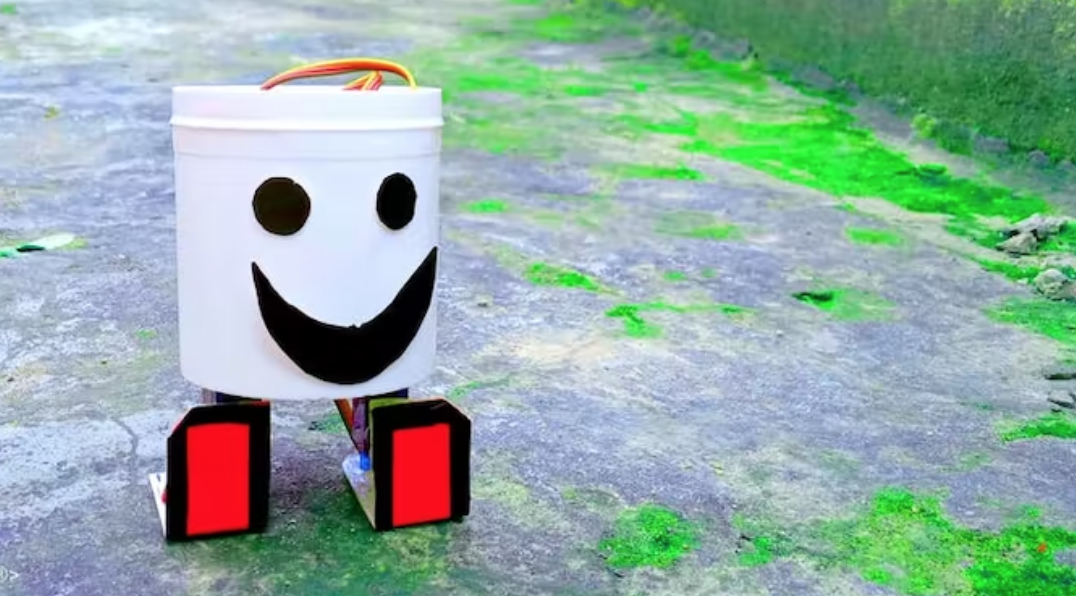
How do you make a robot dance? Put a little electricity in it! Students can create this dancing robot at home. No 3D printer is needed. With the help of the motor and a little electricity, students will create a microcontroller circuit to make their robots groove to the music.
Learn More: Project Hub
20. Environmental Alert System
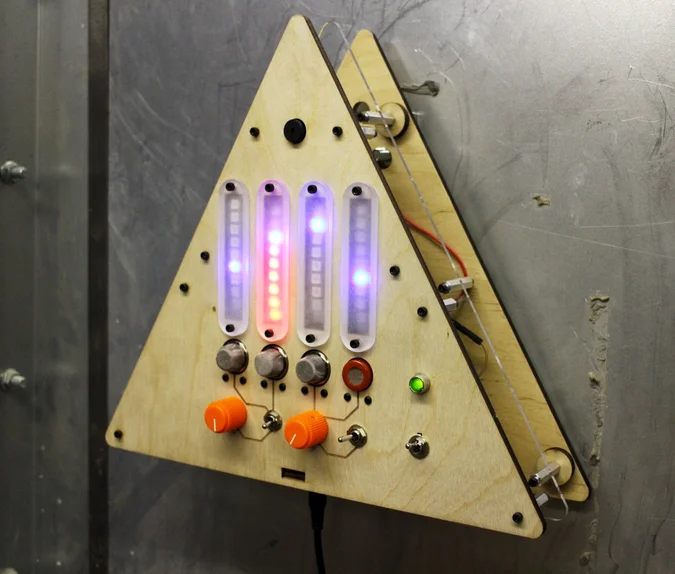
The Environment Alert System is programmed to sense different chemicals in the air. This project is made up of a system of sensors that alerts you about hazardous chemicals in the air. Think of it as a home security system, except for air!
Learn More: Instructables